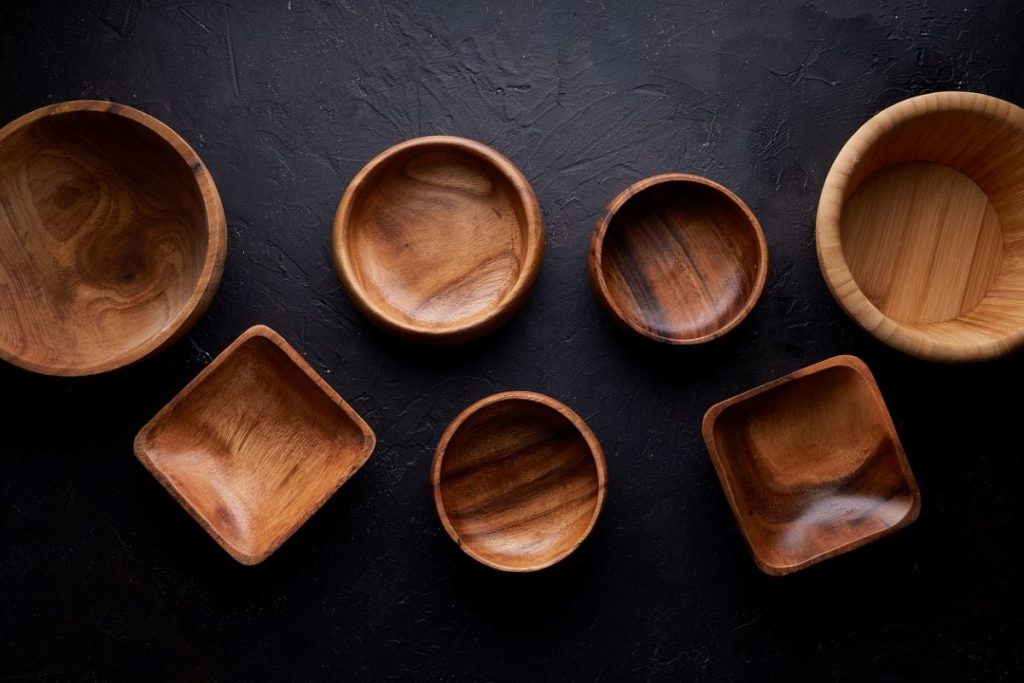Woodworking is a craft that allows you to transform raw wood into beautiful and functional objects. While power tools have their place in the woodworking workshop, hand tools are essential for precision, control, and the joy of working with wood.
In this article, we will delve into the world of hand tools used in woodworking, specifically hand planes, chisels, and saws. Understanding how to properly use and maintain these tools will empower you to create intricate details, achieve smooth finishes, and bring your woodworking projects to life.
Hand Planes
Hand planes are versatile tools that allow you to shape, smooth, and flatten wood surfaces. They come in various types and sizes, each serving a specific purpose. Here are some common hand planes used in woodworking:
- Bench Plane: The bench plane is the workhorse of hand planes. It is used for flattening, smoothing, and removing stock from larger surfaces. The most common sizes are the jack plane, the smoothing plane, and the jointer plane.
- Block Plane: The block plane is a smaller, handheld plane that is used for general-purpose woodworking. It is great for trimming, chamfering, and fine-tuning smaller surfaces. The low angle block plane is particularly useful for end grain work and fitting joints.
Chisels
Chisels are indispensable tools for woodworking, allowing you to carve, shape, and create precise details in wood. Here are some essential chisels used by woodworkers:
- Bench Chisel: Bench chisels are versatile chisels used for a wide range of tasks, such as paring, mortising, and shaping. They typically have beveled edges and come in various widths to accommodate different needs.
- Mortise Chisel: Mortise chisels are designed specifically for creating mortise joints, which are used to join pieces of wood together. They have thicker, stronger blades to withstand the force required for chopping mortises.
Saws
Saws are essential tools in woodworking, allowing you to cut and shape wood with precision. While power saws have their advantages, hand saws provide greater control and are often preferred for certain tasks. Here are some common hand saws used in woodworking:
- Crosscut Saw: Crosscut saws are used for making cuts across the grain of the wood. They have fine teeth that cut smoothly and produce clean, splinter-free edges.
- Rip Saw: Rip saws are used for making cuts along the grain of the wood. They have fewer teeth per inch and are designed to efficiently remove material as you cut.
- Dovetail Saw: Dovetail saws are specifically designed for cutting dovetail joints, which are commonly used in furniture and cabinet making. They have a thin blade and fine teeth that allow for precise and clean cuts.
Using Hand Tools
- Proper Technique: When using hand tools, it is essential to adopt proper technique. This includes holding the tool correctly, using controlled and consistent movements, and maintaining a sharp cutting edge.
- Safety: Always prioritize safety when working with hand tools. Wear appropriate safety gear, such as safety goggles and ear protection. Ensure your workpiece is securely clamped or held in place to prevent accidental slips or movement.
- Maintenance: Regularly maintain your hand tools to ensure their effectiveness and longevity. Keep blades sharp by honing and sharpening them as needed. Clean and oil metal parts to prevent rust and corrosion.
Working with hand tools in woodworking allows for a deeper connection with the wood and a sense of craftsmanship that power tools often lack. Hand planes, chisels, and saws are essential tools for shaping, carving, and creating precise details in wood.
By understanding their uses, adopting proper techniques, and practicing safety precautions, you can harness the power of hand tools to bring your woodworking projects to life.
So, embrace the world of hand tools, sharpen your blades, and let your creativity soar as you craft beautiful and functional objects with the timeless art of woodworking.



